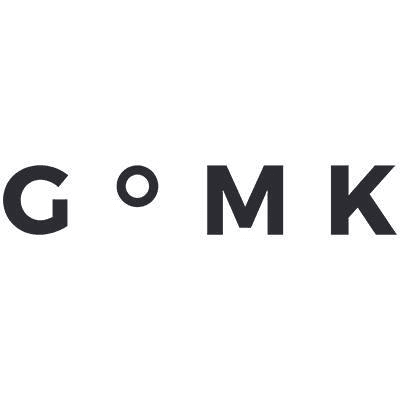How Tony Hill Drives 1M Monthly Page Views via Pinterest SEO

Business Description
Table of Contents
Navigate through the case study sections
Executive Summary
Case Study Content
Introduction
Tony Hill saw his Google referrals plunge after an algorithm update and decided to explore Pinterest as a backup traffic source. He treated Pinterest like a search engine, learning its "interests" system and crafting pins that matched user queries. Within months, his sites were pulling in nearly 1M clicks from Pinterest alone.
Why Pinterest Over Other Platforms?
Unlike Facebook or Twitter, Pinterest doesn’t require thousands of followers or ad spend to get traction. Pins can surface in search results weeks or months after posting, giving content a longer lifespan. Users often arrive with an intent to discover ideas or solutions, which aligns perfectly with how-to guides and list posts.
Understanding Pinterest SEO
Pinterest indexes text around images, titles, descriptions, and even on-image overlays, to match content with over 11 million “interests.” Tony uses a custom tool to map his posts against these interests, then weaves high-traffic keywords into his pin metadata and blog headers. Engagement and relevance determine pin ranking, so getting both right is essential.
Effective Pin Design and Scheduling
Tony creates multiple pins per post, each with distinct visuals and angles. He studies top-performing designs in his niche to pick color schemes, fonts, and layouts. Then he pins consistently, sometimes as many as 48 times a day using Pinterest’s native scheduler. Beginners can start with 5–10 pins daily to build momentum.
The Role of Fresh Content and New URLs
Recent shifts in Pinterest’s algorithm favor fresh pins and new domains. Tony launched new pages on his sites so he could roll out fresh pins regularly. While this tactic might worry Google SEO purists, on Pinterest each new URL is treated as a fresh opportunity to rank. A 12-hour outage once cost him a chunk of traffic, so he now keeps his hosting rock-solid with Cloudflare.
Common Pitfalls to Avoid
Many marketers design pins by gut feel rather than research. Tony warns that copying random templates often underperforms. He also emphasizes adapting content for Pinterest’s largely female audience, spin topics like tech or tools into gift or DIY guides. Finally, never ignore server uptime, an inaccessible site kills Pinterest rankings fast.
Conclusion
By applying SEO principles to Pinterest and focusing on consistent pin creation, Tony Hill recovered from a Google slump to achieve nearly one million monthly click-throughs. His approach proves that diversifying traffic channels and treating Pinterest as a search engine can deliver massive, sustainable growth.
Key Takeaways
- 1Treat Pinterest like a search engine: optimize pin titles, descriptions and on-image text to match user 'interests'.
- 2Create multiple unique pins per blog post, studying top performers to nail color, font and layout choices.
- 3Pin consistently, begin with 5–10 fresh pins per day and scale up to the 48-pin daily schedule for maximum reach.
- 4Publish new URLs regularly since Pinterest now favors fresh domains and pins in search rankings.
- 5Adapt your content angle for Pinterest's audience, Frame technical topics as gift guides, DIY projects, or inspirational lists.
- 6Maintain site uptime at all costs; even a short outage can lead to lasting drops in Pinterest-sourced traffic.
Key Facts
Tools & Technologies Used
Premium Content Locked
Subscribe to access the tools and technologies used in this case study.
Unlock NowHow to Replicate This Success
Premium Content Locked
Subscribe to access the step-by-step replication guide for this case study.
Unlock NowInterested in Being Featured?
Share your success story with our community of entrepreneurs.
Explore More Case Studies
Discover other inspiring business success stories

How Salary Transparent Street Earned $1M in a Year Through TikTok Interviews
Salary Transparent Street publishes candid street interviews about salaries, sparking conversations on income fairness. ...
Salary Transparent Street

How Tony Hrvoic’s DM Playbook Dominated Product Hunt
Tony Hrvoic, founder of Marhit, cracked the Product Hunt code by swapping mass blasts for one-on-one conversations. His ...
Marhit

How GoMechanicalKeyboard Turned a Tight Niche into a Lucrative Passive Affiliate Income Stream
GoMechanicalKeyboard is a content-rich affiliate site focusing solely on mechanical keyboards for gamers. By specializin...
GoMechanicalKeyboard